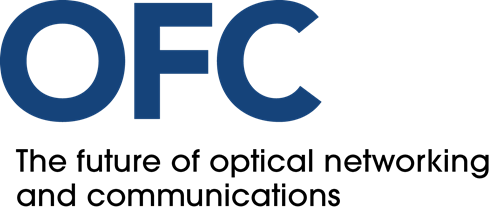SC483 - Machine Learning in Optical Networks
16 Mar 2026
08:30 - 12:30
Short Course Level
Beginner
Short Course Description
Machine learning (ML) has recently attracted a surge of interest in optical networking and communication research due to its pattern recognition and predictive capabilities for various key applications. Large-scale monitoring data are generated every day in optical networks, which makes ML a promising solution for decision making. In this short course, we introduce the fundamental concepts and principles of ML, with a special focus on neural networks. We survey existing work on various applications in optical domain, ranging from fault management, quality of transmission estimation and low-margin network design. We aim to provide a general overview of the key problems, common formulations, existing methodologies and future directions. This course will inspire the audience and facilitate ML research and development in optical networking and communication systems.
The outline is given below,
- Fundamental concepts of ML
- ML model learning and evaluation
- Neural Networks fundamentals
- ML Applications
- Quality-of-transmission estimation
- Low-margin network design
- Failure detection and identification
- Other applications
- Hands-on lab activity
- All attendees should bring laptops to participate in the hands-on software lab.
- We suggest having Python installed on your machine, and we will use Google
Short Course Benefits
This course should enable participants to:
- Identify the main machine learning categories
- Define with the most relevant ML algorithms used in practice (with a focus on neural networks)
- Discuss the current status of the ML technology and its applications in optical networking and communications
- Compare properties and requirements for various ML evaluation techniques
- Implement a proof-of concept ML algorithm for QoT estimation
Short Course Audience
The course is intended for interested people from academia and industry without any previous knowledge in machine learning. A basic understanding of optical fiber transmission and programming can be helpful but is not a hard requirement. Attendance is also beneficial for machine learning experts with limited optical networking background who want to learn about the potential applications in the area of optical communication and networking.
-
Massimo Tornatore
Politecnico di Milano, Italy
Massimo Tornatore is a Professor at Politecnico di Milano, Italy. He has also held appointments as Adjunct Professor at University of California, Davis, USA and as visiting
professor at University of Waterloo, Canada. His research interests include performance evaluation and design of communication networks (with an emphasis on optical networking), and machine learning application for network management. He co-authored more than 500 conference and journal papers (with 23 best-paper awards) and of the recent Springer “Handbook of Optical Networks”. He is member of the Editorial Board of IEEE Communication Surveys and Tutorials, IEEE Transactions on Network and Service Management, IEEE Transactions on Networking, and Elsevier Optical Switching and Networking. He is a fellow of the IEEE. -
Mëmëdhe Ibrahimi
Politecnico di Milano, Italy
Mëmëdhe Ibrahimi is an Assistant Professor at Politecnico di Milano, Italy. Memedhe gained his PhD in Information Technology from Politecnico di Milano in 2022 as part of an industrial collaboration with SM-Optics (part of SIAE Microelettronica groups) on the topic of Innovative Cross-Layer Optimization Techniques for the Design of Optical Networks. His research interests include the application of Machine Learning to communication networks (including optical networks and microwave networks), and cross-layer design and optimization of optical networks with a focus on the network-layer impact of capacity scaling enablers such as Hollow-Core Fibers, Multi-Band transmission, and Multi-Core Fibers. Memedhe is the author of over 30 papers published in international journals and conference proceedings, three book chapters, and co-winner of a best paper award.
